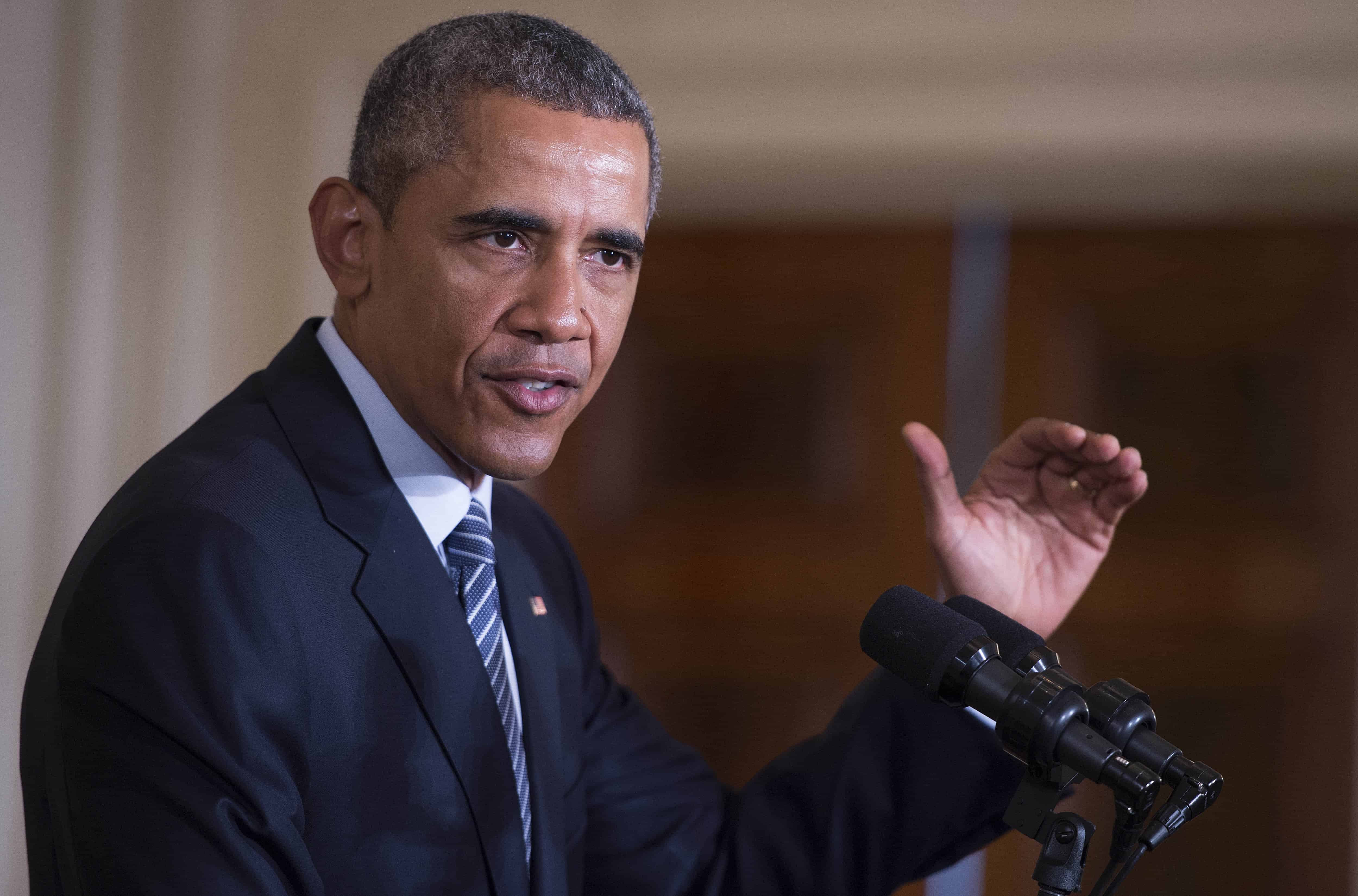When it comes to regulating greenhouse gases, some people think the more stringent the rules, the better. Others favor the more pragmatic approach championed by U.S. President Ronald Reagan: The benefits of any regulation must justify its costs.
The Barack Obama administration’s rules for existing power plants, announced Monday, pass Reagan’s test with flying colors — and offer some nice surprises along the way. (Disclosure: As administrator of the Office of Information and Regulatory Affairs from 2009 to 2012, I was involved in many discussions of regulatory issues involving climate change.)
The benefits come in two categories, the first of which is public health. In the next 15 years, the new rules are expected to bring about a large-scale shift from coal-fired power plants to cleaner sources, including natural gas, wind and solar. By 2030, when the rules are fully in force, the result will be significant decreases in air pollution — including cuts of about 200,000 tons in emissions of both sulfur dioxide and nitrogen oxides.
In strictly monetary terms, that’s expected to save $12 billion to $32 billion a year by preventing more than 2,000 premature deaths and significantly reducing nonfatal heart attacks, acute bronchitis in children, emergency hospital visits for asthma, and missed work and school days.
The second category of benefits follow from the rule’s main objective: to reduce greenhouse gases. By 2030, more than 400 million tons of carbon emissions are to be eliminated. The monetized benefit of this reduction, given a “social cost of carbon” of about $48 per ton, turns out to be about $20 billion.
No one can deny that the costs of the regulation will also be high. In 2030 (again, the first year the rules are in full effect), the total expense is projected to be $5 billion to $8 billion (in 2011 dollars) — not the most expensive regulation in American history, but certainly in the top tier. At the same time, the shift to clean energy will bring health benefits that top the costs by a large margin — as will the climate benefits from reductions in greenhouse-gas emissions.
For consumers, the news is even better. While the rules are anticipated to produce a slight increase in the cost of electricity, that price rise is expected to be offset — indeed probably more than offset — by greater energy efficiency. So most consumers will end up paying less for power.
Missed Obama’s speech? Watch it here:
Some people will question these numbers, but the government didn’t just make them up; they reflect a highly technical process of scrutiny, including careful engagement with public comments.
And while in the past, the projected costs and benefits of environmental regulations have sometimes turned out to be off, it’s not because officials have cooked the numbers to make their rules look good. On the contrary: Their cost projections have often turned out to be too high, as companies have found cheaper ways to comply.
The best historical precedent for the Environmental Protection Agency’s action comes from Ronald Reagan. He’s not exactly known as the environmental president, but he took the decisive steps toward solving an earlier air pollution problem: destruction of the ozone layer. In committing the U.S. to regulate and then phase out ozone-depleting substances, Reagan was greatly influenced by his advisers’ powerful demonstration that the benefits would dwarf the costs. (That turned out to be essentially right.) As a result, he committed the nation to aggressive regulation that helped, in turn, to bring about worldwide action to protect the ozone layer.
True, climate change presents a far more challenging problem than ozone depletion, because more countries are involved, and it’s more expensive to lower emissions significantly than it was to phase out ozone-depleting substances. Meeting the challenge is going to take extraordinary ambition alongside sensitivity to costs. The EPA’s new regulation probably counts as the world’s largest step so far.
Cass Sunstein, a Bloomberg View columnist, is director of the Harvard Law School’s program on behavioral economics and public policy.
© 2015, Bloomberg View






